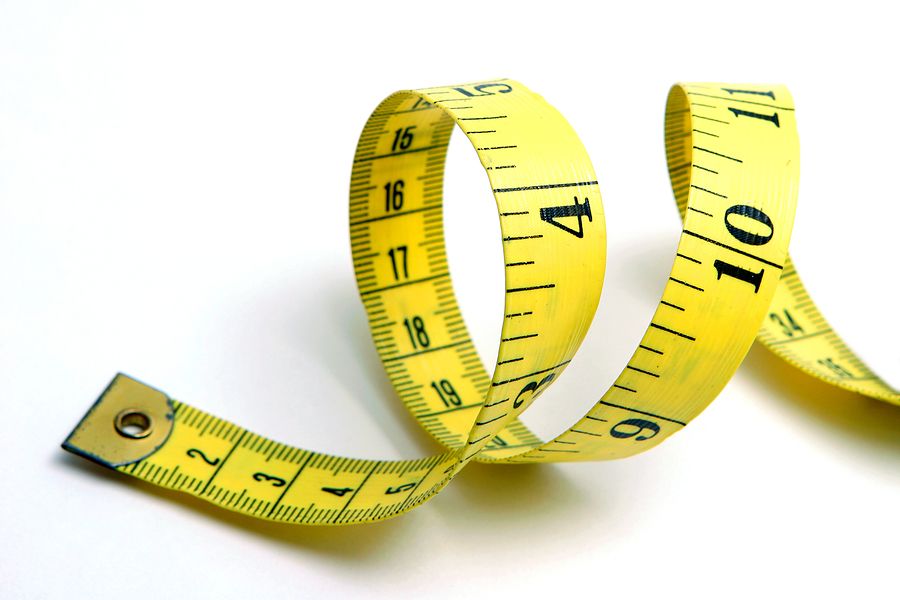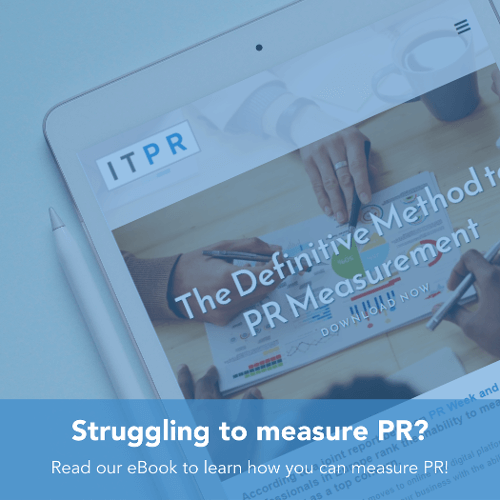PR has a measurement issue.
As an industry, traditional PR methods have fallen behind other disciplines such as marketing and SEO when it comes to proving the return on investment from its efforts and the benefits on the wider business.
75% of comms professionals admit that they must do better in measuring PR impact on business results from their PR campaigns, while 70% said they lack the data they need to measure success effectively.
Given the amount of data and statistics available now, it’s concerning that PR professionals say they don’t have the data they need to measure the impact of campaigns.
The entire industry has long struggled with not just the measurement of results, but which results to measure. Audience reach, circulation, advertising value equivalency - a list of vanity metrics that only leads to confusion rather than celebration.
B2B Digital PR and SEO
The shift towards Digital PR in the B2B sector, as well as digital platforms and tools for tracking and measuring activity, has allowed PR pros to better report and present on success.
For example, understanding why ‘follow links’ from high domain authority websites can help improve Inbound Marketing strategies, or being able to identify increases in web traffic and referral traffic that can be assigned to specific PR activity is now possible.
Understanding SEO and the importance of online visibility is a vital skill for any Digital PR pro.

Tracking a B2B Digital PR programme is now closely aligned with marketing and SEO programmes, enabling business leaders to see the entire buyer journey - from awareness and engagement created from Digital PR and SEO, right through to conversion, marketing and eventually sales.
This transformation has seen PR professionals go from being pure storytellers and relationship nurturers to all-round communications specialists, sharpening up their SEO and marketing skills.
Five ways to measure B2B Digital PR:
-
Domain Authority (DA)
Ranked between 1 and 100, Domain Authority is a measurement of how powerful a certain website is, based on which ones provide the most trusted information and therefore which ones are more likely to be ranked higher by search engines.
For example, mainstream news websites like Bloomberg or Forbes will typically have a high domain authority as Google understands millions of people use these websites as a primary source of quality information.
The higher the Domain Authority, the more important it is to your business, as backlinks provided by these sites can significantly boost the performance of your own website.
-
Follow/No Follow Links
Used by search engines to assess the authority between websites, earning a follow link from a media website essentially acts as an ‘endorsement’ of your own site.
The more follow links you earn from respected and authoritative websites to your website, the more impact your B2B Digital PR campaign will have on SEO and search rankings.
However, it’s also about the quality of links, as Google will penalise websites that are seen to be spamming or paying for links from websites that don’t provide original content or any value.
This comes back to the targeted approach of Digital PR and making sure media titles are relevant in context to the business and its target audience.
Websites can also mark a link as ‘no follow’. Although this doesn’t provide any extra SEO benefits, it can still be beneficial for people wanting to find out more information from your own site. You can also use tools such as Moz or SEMRush to check which your target website offers.
Read our guide on PR link building here
-
Referral Traffic to your website
Understanding the source of your website traffic is a good indication as to how accurate your B2B Digital PR campaign is. As part of any PR engagement you will have been through a process to identify your key media publications. If you are seeing referral traffic to your website from those online outlets then you know your PR is hitting the mark.
There is also the possibility that you can identify new sources of traffic from the Digital PR programme, such as bloggers or industry influencers that have linked to your website from their own blog. Nurturing these relationships is an opportunity to widen the net from your usual channels.
-
New Website Sessions
Seeing a steady increase of new website sessions over time is an indication that your business is getting recognised by more and more people. Whilst there is an argument that this is not strictly linked to PR, the counter to that is to look at when the increase started.
Understanding the timeline of your own analytics is crucial. What media announcements did you make in February that created a peak of new website sessions? Did that marketing campaign you ran in March have the same impact? Or more? Or Less?
New website sessions means potential new prospects and so being able to correlate a growth of new sessions with timely announcements from your B2B Digital PR campaign is a good way to prove impact.
-
Specific webpage views, time spent on the page and conversions
If you have a Digital PR campaign that has content as part of the strategy, then focussing on the webpages that host these content items is a proven way to determine value. Market Research reports, whitepapers, case studies etc - you should provide these content items with their own webpage which is promoted through your PR campaign.
Give links for PR and Marketing different UTM codes (a snippet of code used to track the performance of campaigns and content) so that when it comes to measure impact you can provide clear and accurate data.
The good thing here is that a well planned B2B Digital PR campaign can run for many months and constantly drive traffic, leads and potential customers. It doesn't have to be a case of pitch and place once and then move on.
Effective B2B Digital PR measurement
Leaders in Digital PR no longer have an issue with measurement.
PR pros have had to learn new skills to get here, but the digital tools, data and analysis that we have at our fingertips now is progressing the entire industry - taking it out of the stone-age of traditional PR measurement methods.
We’ve survived, but we should never stand still. Successful Digital PR means taking these new methods and skills and making sure they apply, track and measure up against business and marketing strategy end goals.
Read more on B2B Digital PR measurement with our free guide here.
Tags: PR Advice, Digital PR, PR measurement





.png?width=60&name=twitter-logo%20(1).png)
